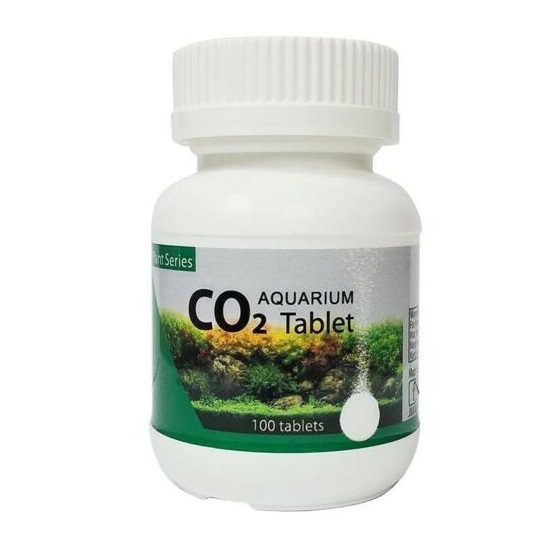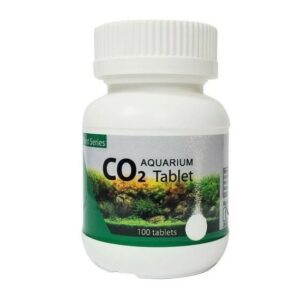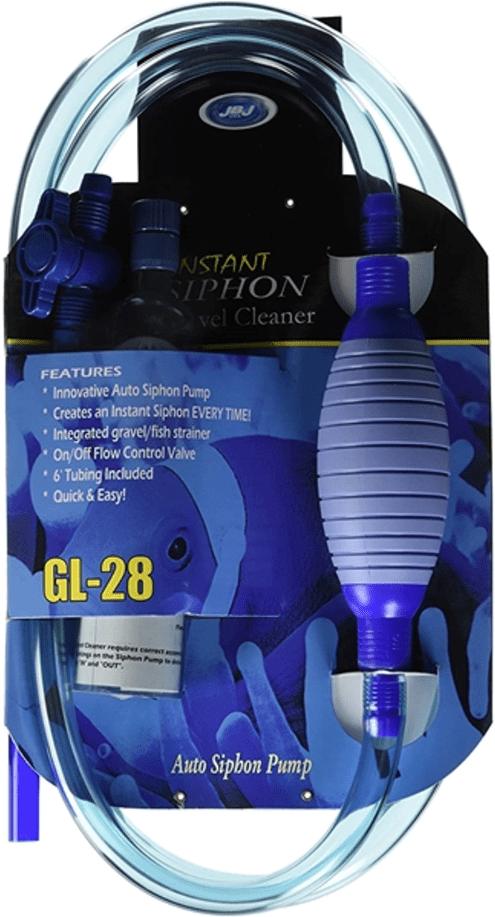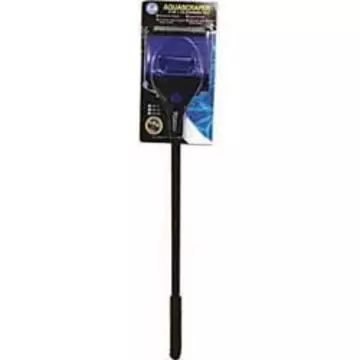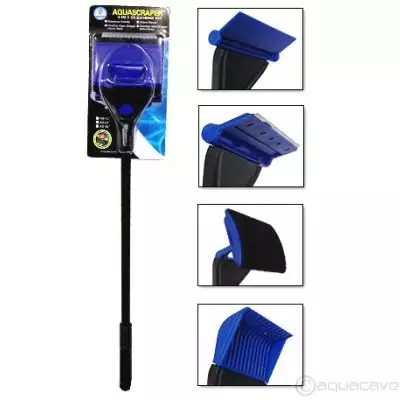Co2 Tablet 100/ Bottle
$17.00
in stock
UPC: 858120005203
O2 tablets are a fast and easy method of supplying the aquarium using a timed release CO2 gas source - there is no need for a regulator or bottle.
Take one tablet a day per 8 gallons of water. One bottle can last 100 days in a tank of 10 gallons!
A simple and quick method to add CO2 to your aquarium
- Helps to stabilize pH and fight the problem of algae
- 100 tablets
- Description
- Additional Information
- Reviews
CO2 Tablet JBJ: Easy and Efficient CO2 Dosing
The CO2 Tablet JBJ offers a quick and convenient way to dose your aquarium with CO2. This tablet provides a timed-release source of CO2 gas, eliminating the need for bottles or regulators. Each tablet is designed to work in aquariums, releasing CO2 consistently to support plant growth.How to Use CO2 Tablet JBJ
- Dosage: Use one tablet per day for every 8 gallons of water.
- Duration: One bottle lasts up to 100 days for a 10-gallon tank.
- Application: Simply drop a tablet into your aquarium for quick CO2 supplementation.
Why You Need CO2 Tablets for Your Aquarium
Adding CO2 to your aquarium helps stabilize pH levels and combat nuisance algae. It ensures that your plants receive the necessary carbon to thrive, especially in high-light environments.Key Benefits of CO2 Tablets
- Prevents Algae Overgrowth: CO2 limits excessive algae growth by ensuring plants can outcompete algae for light and nutrients.
- Supports Photosynthesis: CO2 is essential for photosynthesis, allowing plants to produce the food they need to grow.
- Balances the Ecosystem: When CO2 levels, light, and nutrients are balanced, plants flourish, and algae struggles to survive.
How CO2 Works in Your Aquarium
CO2 is crucial for photosynthesis, a process where plants convert light into energy. In low-tech tanks, plants rely on naturally occurring CO2 from gas exchange and animal respiration. However, in high-tech aquariums, additional CO2 is introduced to meet the demands of intense lighting and fertilization.Importance of CO2 in High-Tech Aquariums
- Enhanced Growth: CO2 injection provides plants with abundant carbon, boosting growth when combined with proper lighting and fertilization.
- Energy Efficiency: Plants use CO2 gas more efficiently than bicarbonate or carbonate, requiring less energy for photosynthesis.
About Us
Welcome to Fish and Coral Store
Fish and Coral Store is your online destination for fish and aquarium supplies. Founded by two friends passionate about aquariums, we proudly serve the West Coast from Los Angeles, near LAX. As a family-owned business, we are dedicated to fulfilling your aquarium needs.Our Mission
We aim to provide everything you need for your aquarium, along with expert advice. Our experienced team supports both beginners and experts.- Experienced Team: Years of experience in fish and aquarium maintenance.
- Passionate Service: Guidance for building and maintaining your aquarium.
- Comprehensive Supplies: Everything you need for your dream aquarium.
What We Offer
- Sustainable and Captive-Bred Fish: Includes clownfish, gobies, cardinalfish, and blennies.
- Wild-Caught Fish: Diverse marine species available.
- Aquarium Maintenance Supplies: Keep your aquarium running smoothly.
- Coral Species and Accessories: Various coral species and related accessories.
- Quality Equipment: Top-quality equipment as a Platinum Dealer for Red Sea aquariums.
Explore Our Collection
Browse our range of saltwater fish, aquarium supplies, and coral accessories. Build your perfect home aquarium today!Contact Us
Have questions? Reach out to us anytime. We’re here to help!LINKS:
by price
Under $25
Weight
0.25 lbs
Dimensions
1.5 × 1.5 × 3.5 in

